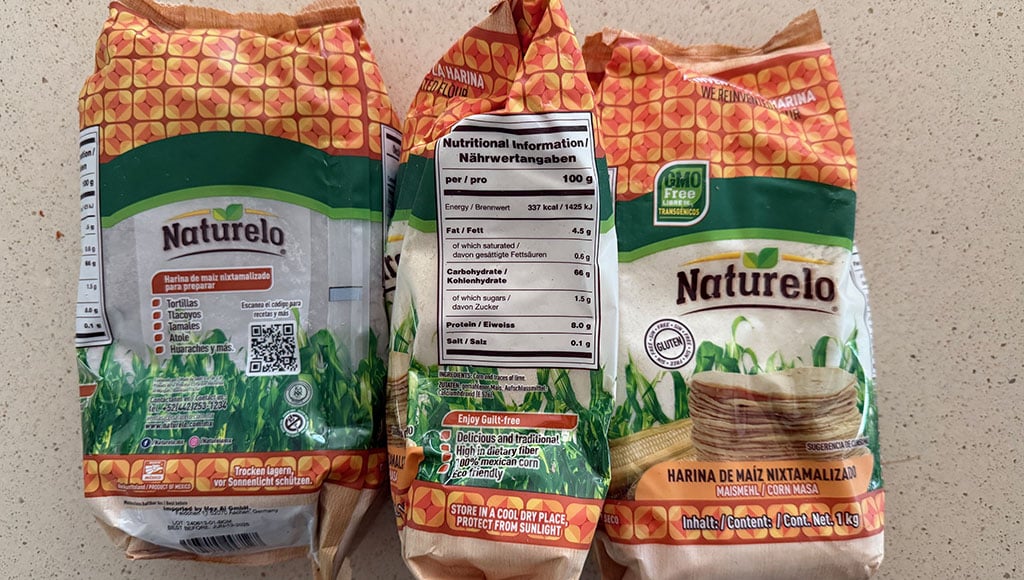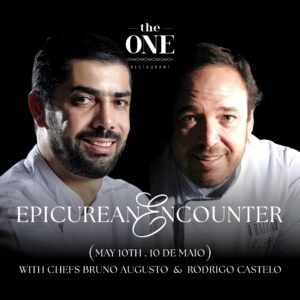No Corn, No Country*
It is with great excitement that I am opening a series of publications about Mexican cuisine. Having recently spent three weeks in this amazing country, I have tried my best to learn as much as I could about its culinary traditions and techniques.
In this short period of time, I have explored nixtamalization of corn, the subject of this article, and witnessed the use of tatemar, a charring technique to be reviewed later. I have been presented with the history of agave cultivation and the culture of mezcal. I have attempted to grasp the flavour nuances of the diverse population of local chilli, as well as have been given a helping hand with making tortillas at the local restaurant in Merida, Yucatan.
Last but not least, I have grazed through numerous menus with the help of my Mexican and non-Mexican friends who were willing to experiment in the name of experiencing and understanding. By no means at this point do I consider myself a master of Mexican food, there is yet so much to explore. Nonetheless, I am excited to share what I have learned so far. Let us begin with the first chapter that is dedicated to corn.
Deeply woven into Mexico’s history, culture, and economy, corn (or maize**) is far more than just a food source. It is the subject of national pride and Mexican identity, rooted in the early Mesoamerican population. The Maya associated corn with creation. According to their creation myth, Popol Vuh, humans were made from corn dough by the gods after they have had a few unsuccessful attempts with mud and wood. Corn cultivation was deeply spiritual with planting rituals and deity offerings. Its significance was reflected in every aspect of Maya life from agriculture to astronomy to calendar creation and art. Interestingly, mastering corn’s kitchen application was arguably the most significant, yet the most challenging of them all.
To begin, corn wreaks havoc inside the human digestive system (causing heaviness and discomfort) because of its high content of indigestible fibre, cellulose and starch. The explorations of how to domesticate corn began as early as 10,000 years ago by cultivating its predecessor, teosinte. The results had not revealed themselves until 1500–1200 BC (as records suggest), when either by chance or through trial and error, the local tribes stumbled at the fact that corn changed its properties if soaked in wood ash or a limestone bath – in modern day terms, if corn is exposed to an alkaline environment.
The technique spread through trade and cultural exchange to other indigenous groups, including the Aztecs, who gave it its name. They called the treated corn nixtamal and the process of treating it became known as nixtamalization. It is a marriage of two words in Náhuatl language – nextli that means ashes or lime and tamalli, that is tamale or cooked corn dough. Up until this day, nixtamalization is regarded as one of the fundamental culinary techniques of Mexican cuisine, and here is what it entails.
It begins with a bunch of dried white or yellow corn (cacahuazintle or bolita are the common varieties) that are simmered for 20-30 min in a water mixed with calcium hydroxide, the modern version of limestone, called cal in Mexico or slaked lime. The mixture is then kept overnight for 8-12 hours to further soften the kernels, which are subsequently washed to remove loose hulls and excess lime. This results in nixtamal, a treated corn mixture, which is ready for grinding into a pliable and soft dough using metate (a flat stone) and mano (a handheld roller) (see, pictures). The outcome is masa fresca (fresh masa/ fresh dough) that is ready to be shaped and cooked. Commercial production skips the last step and moves to dehydrate nixtamal and grind it into flour, masa harina (masa flour). Masa harina needs to be mixed with water to be deployed in the kitchen. Both versions result in a plethora of Mexican dishes such as tortillas, tamales, pozoles and more.
The transformation of corn from foe to a friend was a game-changer. Not only does nixtamalizationturn it into a more digestible ingredient, the process is also instrumental for making it more nutritious by releasing the niacin (vitamin B3). This was essential in fighting off pellagra, a B3 deficiency disease that plagued many corn-dependent populations. When Spanish conquistadors arrived in the 16th century, they documented the technique,but ignored it, preferring their own culinary traditions. It wasn’t until the 20th century that scientists validated the indigenous knowledge, and established that alkaline environments of nixtamalization are essential for corn to reveal its full digestive and nutritional potential.
Some archaeologists believe that the role of this discovery went beyond the culinary comforts. A prominent archaeologist and anthropologist Michael D. Coe argues that “so superior is nixtamalized maize to the unprocessed kind that it is tempting to see the rise of Mesoamerican civilization as a consequence of this invention, without which the peoples of Mexico and their southern neighbours would have remained forever on the village level.” No wonder Mexicans say “Sin Maiz No Hay Pais’’, no country without corn.
… to be continued.
*A Mexican slogan associated with a 2007 movement against GMO corn. In reality it captures the Mexican identity.
**Maize is a term derived from the Taíno mahiz via Spanish that is commonly used for precision or when discussing indigenous heritage. Corn is a more generic term that in some context can refer to other grains. In the context of this article, the word corn will be used.
























